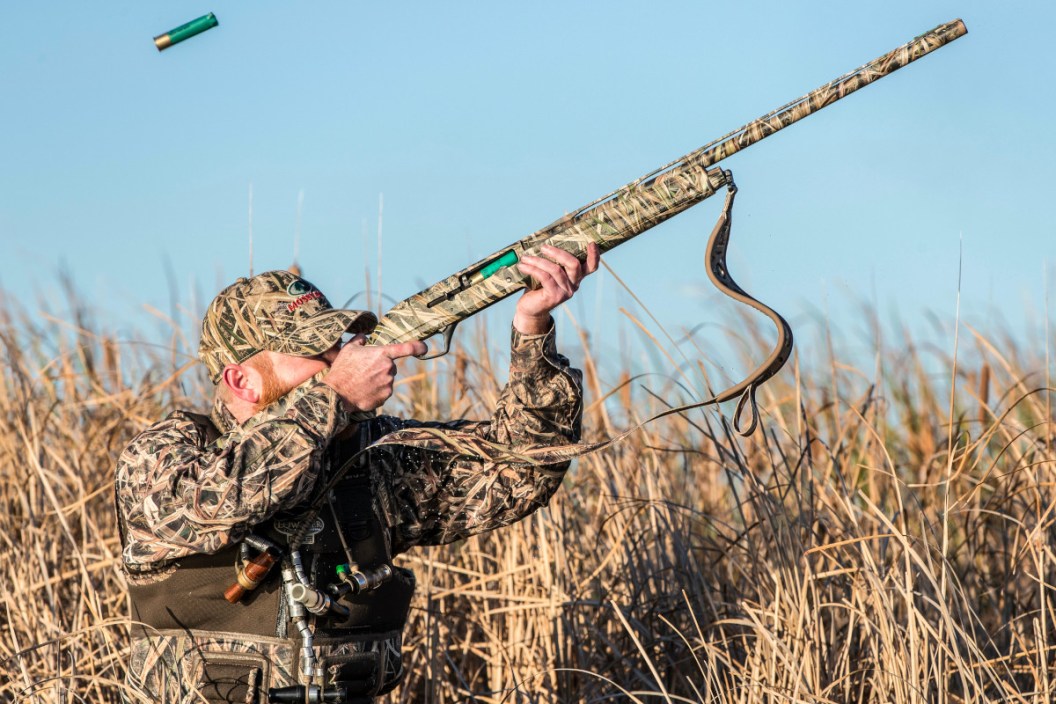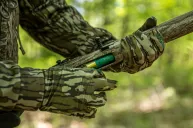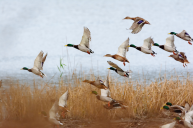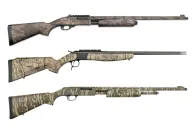Have you ever been knee-deep in flooded timber, crouched alongside a tree as you watch a flock of mallards work your decoys like they read the script perfectly? You give them a few last feed chuckles as they cup their wings, and you make your shot. You swing perfectly with the appropriate lead, only to watch them all turn and fly out of your life forever, leaving you with nothing to show for it aside from possibly a wounded bird. Has this happened to you? If you're an avid waterfowler, odds are it has.
The situation I described is all too familiar for most waterfowlers, especially since the federal banning of lead shot for waterfowl in the early '90s. While this ban played an important role in conservation—fewer birds and other animals are now exposed to toxic lead fragments—the fact remains that most modern waterfowl loads can't quite match the fatality of lead.
However, in recent years, variations of waterfowl loads have hit the market and gained the attention of outdoorsmen. Variations include split loads, where you could see a mix between a smaller and larger shot to give you that extra knockdown power while still providing enough pellets. Bismuth loads provide a greater density, ensuring cleaner kills. And finally, there's the revolution of tungsten, which is nearly 70% denser than lead, providing a level of kinetic energy the likes of which hunters had never seen.
But with rising ammo prices and a lack of information surrounding the different shot loads, hunters can have a hard time figuring out which product gives them the best value. I'll break down the pros and cons of each shot and let you make the final decision on what to put in your shotgun this season!
Steel Shot
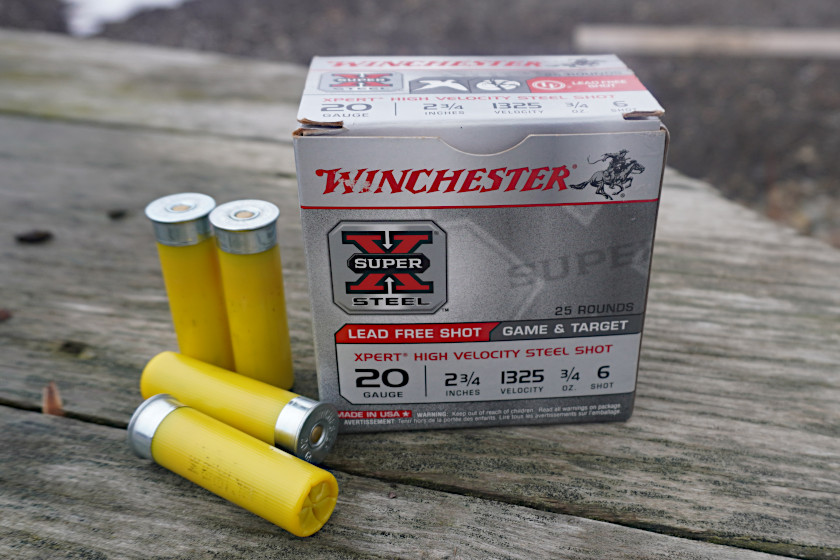
Wide Open Spaces
What started off as a crunch-time decision to create an effective shot load after the federal ban of lead waterfowl loads led into it becoming the most common waterfowl and upland ammunition today. However, the progression into this wasn't so glamorous. Steel is an extremely hard metal with a very low density (roughly 7.8 grams per cubic centimeter). This means the shot is very rough on chokes. It also has extremely lower energy rates, especially at long distances.
Over the years, the development of steel shot loads has progressed—through methods of wad advancements, powder improvements, and even shot size stacking. Many hunters have grown to appreciate steel for its low cost as well as its effectiveness in close quarters. Though the complaints regarding wounded birds have decreased with these developments, waterfowlers still feel there is too much risk associated with steel, and they often go with something a little denser and more powerful.
Bismuth Shot
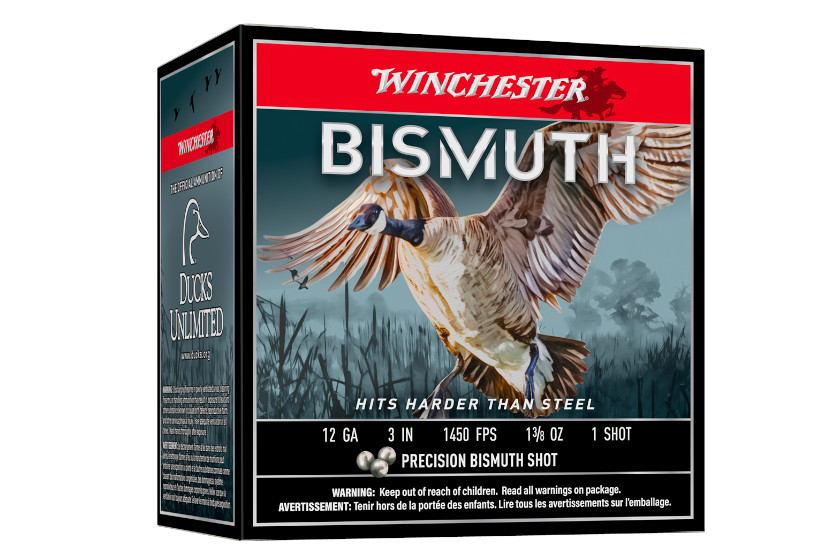
Winchester
Bismuth shot was the first steel alternative after the federal ban of lead shot in the United States. With a far more impressive density compared to steel (roughly 9.6 compared to 7.8), bismuth proved to be a much more fatal alternative while also being much less harsh on shotguns, especially older ones.
The introduction of bismuth also had its downsides though. Unfortunately, it's an extremely brittle metal that was inconsistent and had a lack of durability during contact with larger birds. Combining this with its price point higher than steel, it was hard for consumers to make that switch.
The good news is that technology has caught up and improved upon those inferior earlier designs. After nearly a decade with a small market presence, bismuth has made an impressive comeback in recent years with its developments of durable metal blends, bridging that gap for waterfowlers who want better kinetic energy without paying tungsten price.
Tungsten
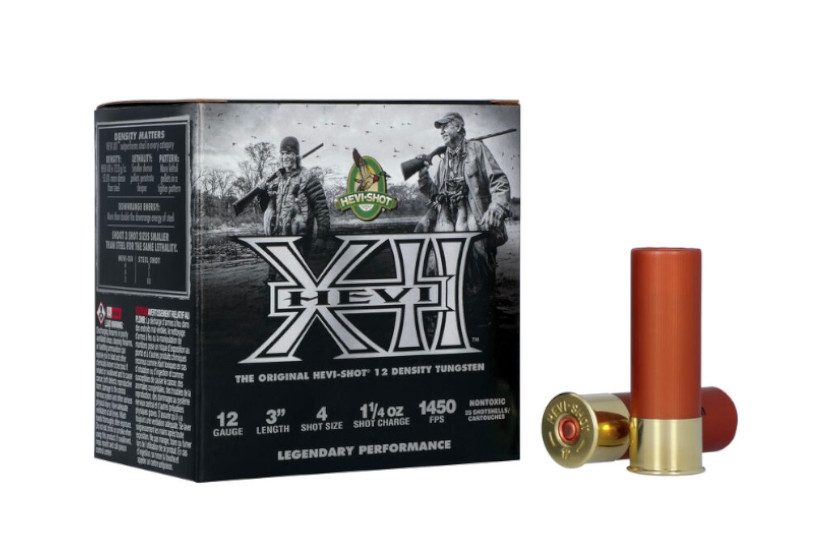
Heavi-Shot
Tungsten has become a staple as the most effective and lethal shot option for waterfowlers, turkey hunters and upland enthusiasts alike. Tungsten super shot (TSS) has 60% greater density than the once-beloved lead shot and nearly twice the density as steel, making it a bird crusher!
Due to its high density and velocity, hunters can get the same knockdown power with smaller shot sizes, allowing for a much larger kill zone. To put this into perspective, the amount of penetration you would get from using No. 4 tungsten at 40 yards is still nearly 10% greater than the penetration you would get from using steel shot at 20 yards. This equates to fewer wounded birds and quicker limits.
The drawback to shooting tungsten is an extremely high price point. Apex Ammunition is one of the leaders in the market for tungsten waterfowl loads. For a price comparison, its TSS ammo is currently priced at nearly $5 per round, compared to its steel blend, which is roughly 92 cents per round. While this price gap can be somewhat astounding, the argument remains that while you may pay more for TSS per round, you'll be shooting fewer shots and bagging more birds.
Best Bang For Your Buck
Whether you decide to use steel shot, bismuth, or TSS will ultimately come down to your experiences with each, your budget, and the value you see in the options. It's no secret that while the lead ban took away a very deadly and affordable option, it is an incredible conservation move for protecting our wildlife, and there are options on the market that perform at the same level and even higher, even if at a higher price point.
In my experience, using TSS has proven to be well worth the money given its knockdown power and the ability to use smaller shot sizes, giving me a lower margin of error and, thus, more harvested birds. Having said that, I am friends with many avid bird hunters who swear by the effectiveness of modern steel and bismuth loads, and their success is hard to argue with. I would encourage everybody to at least experience all three and make your decision based on how well they perform for you! Good luck this season!
